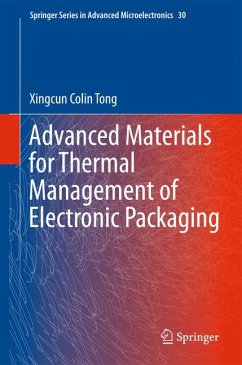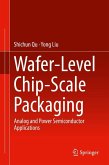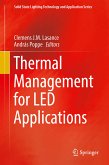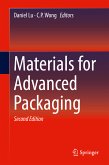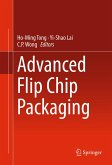The need for advanced thermal management materials in electronic packaging has been widely recognized as thermal challenges become barriers to the electronic industry's ability to provide continued improvements in device and system performance. With increased performance requirements for smaller, more capable, and more efficient electronic power devices, systems ranging from active electronically scanned radar arrays to web servers all require components that can dissipate heat efficiently. This requires that the materials have high capability of dissipating heat and maintaining compatibility with the die and electronic packaging. In response to critical needs, there have been revolutionary advances in thermal management materials and technologies for active and passive cooling that promise integrable and cost-effective thermal management solutions. This book meets the need for a comprehensive approach to advanced thermal management in electronic packaging, with coverage of the fundamentals of heat transfer, component design guidelines, materials selection and assessment, air, liquid, and thermoelectric cooling, characterization techniques and methodology, processing and manufacturing technology, balance between cost and performance, and application niches. The final chapter presents a roadmap and future perspective on developments in advanced thermal management materials for electronic packaging. Key Features: .Covers ceramics and glasses, polymers, metals, metallic composites, multi-material laminates, carbonaceous materials, and carbon-matrix composites .Provides the reader with a comprehensive understanding of thermal management solutions .Includes fundamentals of heat transfer and materials characterization techniques .Assesses cost and performance in thermal management
Dieser Download kann aus rechtlichen Gründen nur mit Rechnungsadresse in A, B, BG, CY, CZ, D, DK, EW, E, FIN, F, GR, HR, H, IRL, I, LT, L, LR, M, NL, PL, P, R, S, SLO, SK ausgeliefert werden.

